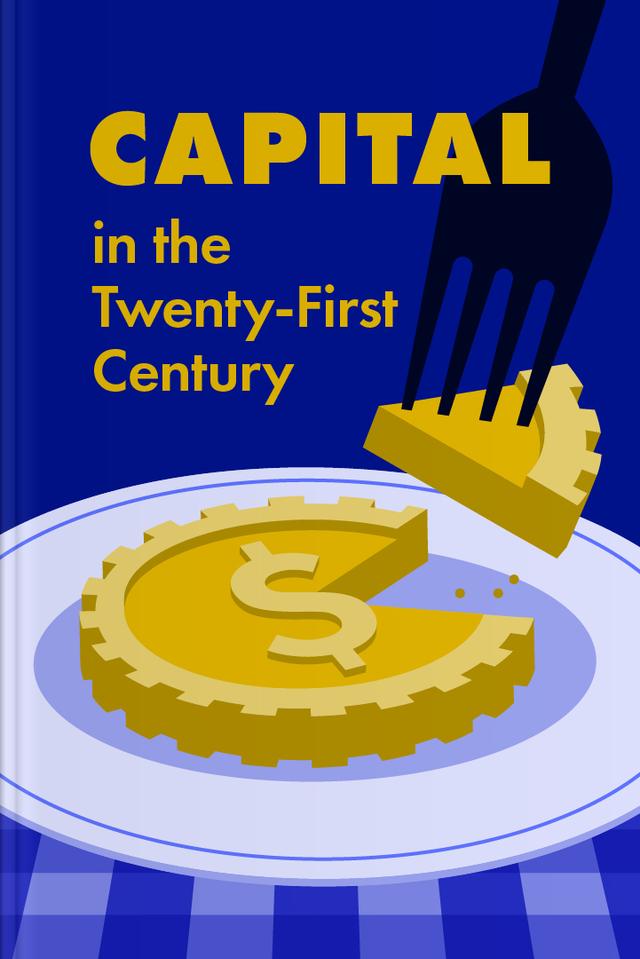You’ll learn
- The force behind income gaps
- How history shapes your paycheck
- To decode the DNA of capitalism
- The true color of money's future
russia has launched a full-scale war in Ukraine. Donate to support Ukraine and protect the world’s peace.

first KEY POINT
Many challenges face the modern world, some we know about, such as pandemics and climate change, and others that are less talked about, such as the subject of this summary. Throughout history, there have been subjects that have forced world leaders to collaborate, develop innovative ideas, and perhaps even take action that wasn’t all that popular. However, wealth inequality could be one of the biggest challenges the world faces.There are countless people worldwide living in some degree of poverty, ranging from just making ends meet at the end of the month to not having enough food to eat or a roof over their heads. The truth is even more worrying when you consider the extreme weather that some have.
In an ideal world, wealth would be evenly distributed so that nobody would go without. But we don’t live in a perfect world. The way wealth, i.e., money, is distributed has long been a hot and highly controversial topic. However, Thomas Piketty decided to lift the lid on this challenging subject and unpick its origins to learn more about why wealth is so unevenly distributed and what we can do to fix it.Many scholars and economists have pondered the subject. Karl Marx debated whether the way private capital works leads to it being held by fewer people, i.e., the rich simply becoming richer. Many also consider business competition and technological progress a driving force that could perhaps reduce wealth inequality and bring the classes closer together.Throughout this summary, you will learn the main findings of Thomas Piketty’s extensive studies and have a glimpse into what the future may hold. From inherited wealth taking over to the possibility of taxation of the wealthy, what do the years ahead hold?
second KEY POINT
You might wonder whether the inequality of wealth across the world is a new thing. The truth is that it’s not. It’s been happening throughout history. Thomas Picketty decided to look back through the centuries and found that wealth has fluctuated according to economic conditions, worldwide issues (such as war), and the establishment of the classes.In the 18th century, the distribution of wealth was a huge topic in both England and France. Around this time, a new political style of the economy was being developed, leading to many uncertainties. At the time, what wasn’t clear was how this would split society into groups, i.e., the working class, lower and upper classes.Around this time, many thought that overpopulation was the main issue. With so many people, how would wealth be distributed evenly and fairly? However, this view was quickly thrown out of the window as the problem worsened considerably with time.

Continue reading with Headway app
Continue readingfirst KEY POINT
second KEY POINT
third KEY POINT
fourth KEY POINT
fifth KEY POINT